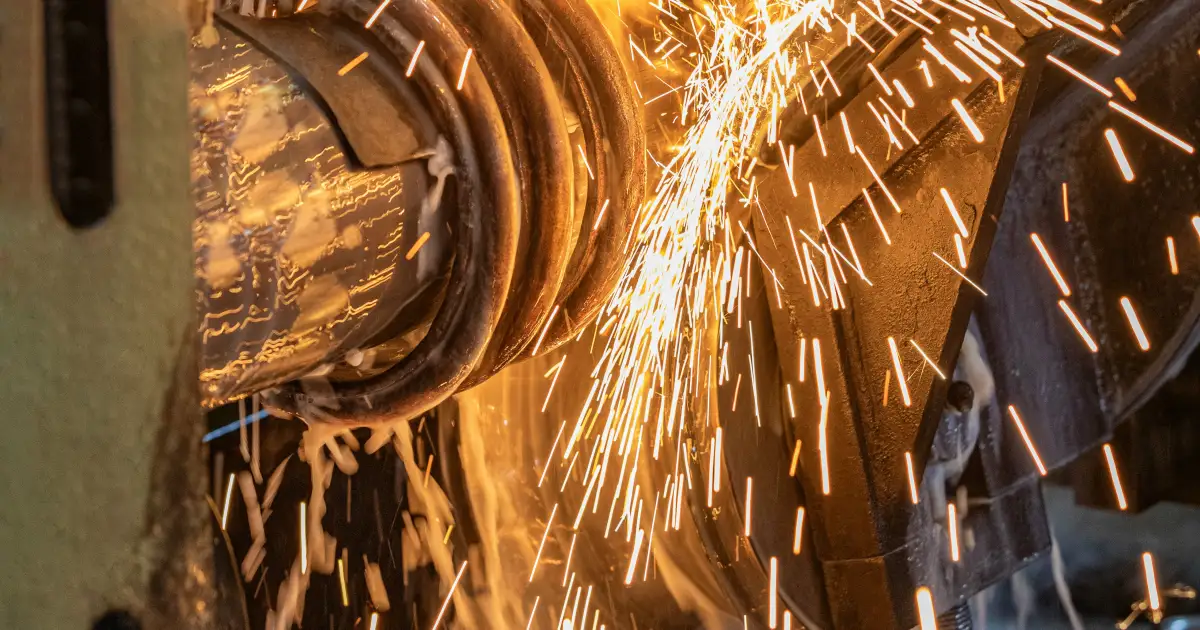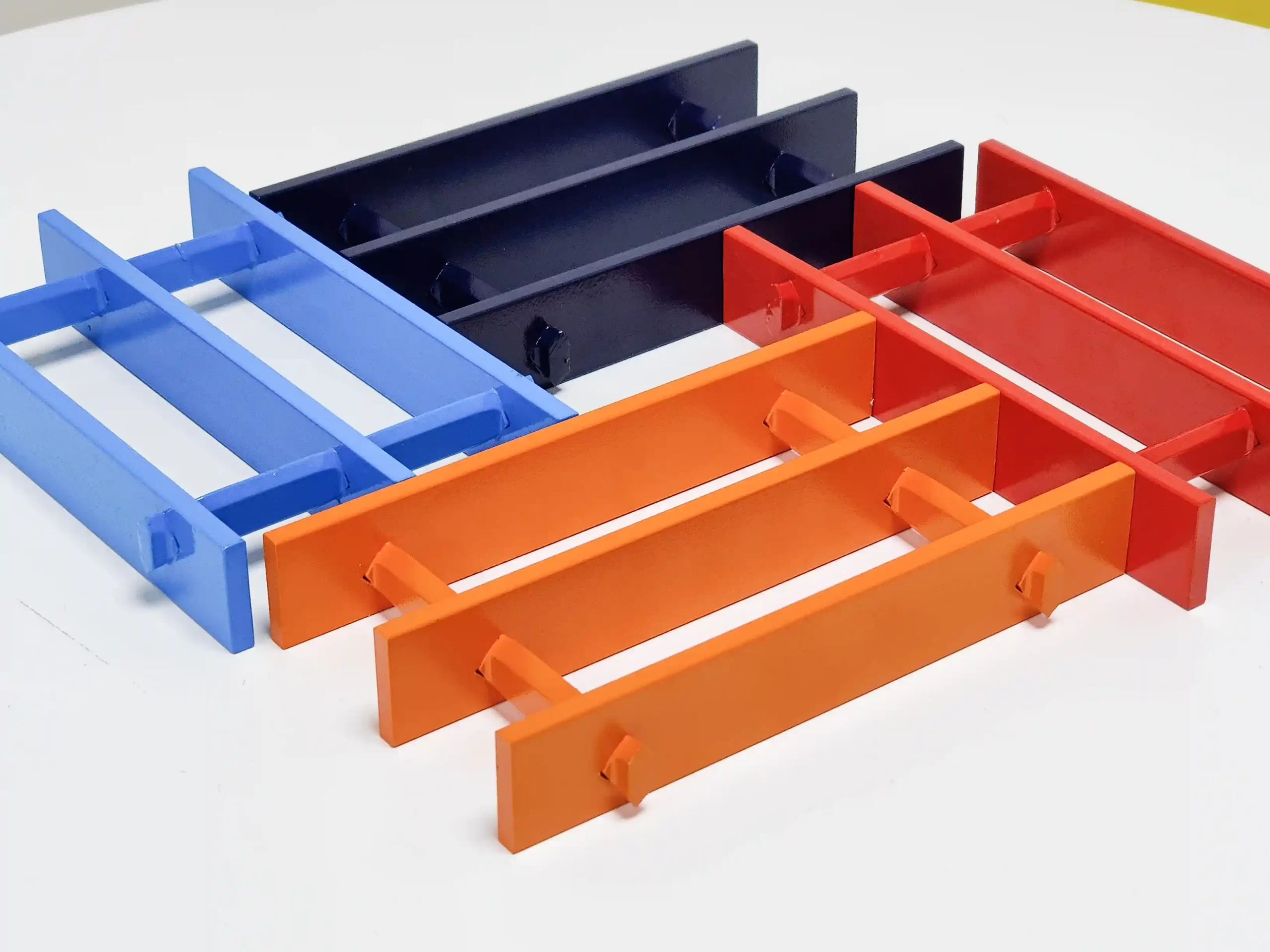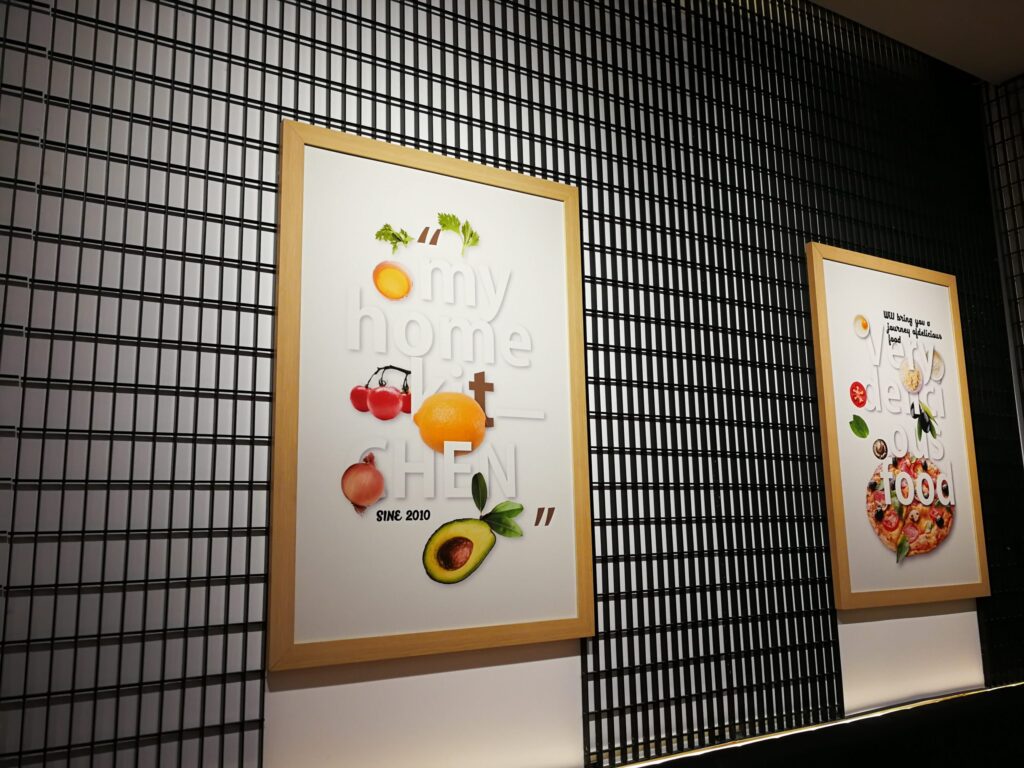When it comes to choosing the right grating for your project, there may be many options. And we have previously detailed the differences between steel grating and aluminum grating for you. While galvanized steel grating is also one of the popular grating products, it is still different from aluminum grating in terms of performance. Each material has its unique features and benefits. To be able to let you know the characteristics of each material, let’s explore these materials and see which one is the most suitable for your needs.
Characteristics of galvanized grating
Galvanizing is a process that can be applied to a variety of metal materials including steel and iron. The two types of galvanizing are hot-dip galvanizing and cold-dip galvanizing.
Durability and strength
Galvanized gratings are coated with a layer of zinc on different metals to form a strong barrier against corrosion. This process, known as galvanizing, improves the longevity of the grating and its ability to withstand harsh conditions, ensuring durability in a variety of environments.

Cost-effectiveness
Compared to other materials, galvanized grating offers an economical solution while maintaining quality. Its long service life and minimal maintenance make it a favorite for budget-conscious projects.
Multiple protections
Galvanizing provides a physical barrier against corrosion on both the surface and corners of the metal, which allows it to remain in good condition for long-lasting use.
Where is galvanized steel used?
Galvanized grating is a versatile building material that is used in a wide range of industries because of its properties.
Industrial applications
In industrial environments, galvanized steel grating is commonly used for platforms, walkways, and stair treads. Its non-slip surface ensures safety in environments where spills and debris often occur. It can also be used in the manufacture of industrial equipment and more, which makes these expensive structures more durable.

Outdoor structures
Galvanized steel is ideal for outdoor structures such as bridges, fences, and drainage gratings. Its rust-resistant properties make it ideal for areas exposed to moisture and varying weather conditions.
Construction and infrastructure
In construction, it is used for structural support and reinforcement. Its strength and durability help build lasting frameworks that stand the test of time.
Characteristics of aluminum grating
Aluminum grating, on the other hand, offers different advantages, so let’s delve into its uniqueness.
Lightweight and strong
One of the standout features of the aluminum grating is its light weight; despite its lightweight, it remains extremely strong, making it easy to handle and install without compromising on performance. This in turn saves a certain amount of money on installation and reduces costs.
Corrosion resistant
Aluminum is a metallic material that is naturally resistant to corrosion without the need for additional coatings. This makes it ideal for rust-prone environments such as coastal areas or chemical plants.

Aesthetically pleasing
Aluminum grating panels have a sleek, modern look and are often used in projects where aesthetics are important. With a variety of finishes to enhance the appearance of any structure, it can meet the needs of designers.
Application areas of aluminum grating
Aluminum grating is popular in several fields because of its unique properties, which lead to a wide range of uses.
Marine environment
In marine environments, aluminum grating is favored by marinas and platforms for its corrosion resistance and lightweight. Its resistance to saltwater exposure makes it useful in these areas.
Architectural projects
Aluminum grating offers design flexibility and visual appeal that not only adds safety to buildings. It is also commonly used for facades, sunshades, and decorations to add a modern touch to buildings.

Food and beverage industry
Aluminum’s non-toxic properties make it suitable for the food and beverage industry, where cleanliness and hygiene are critical, such as on floors and shelves. It can also be pressed into thin aluminum coils and used in food and beverage packaging, making it a very common material.
Differences between the two types of grating
Galvanized and aluminum grating have similar uses, but there are distinct differences.
Weight and handling
Aluminum grating is much lighter than galvanized steel, making it easier to transport and install. This saves on labor and logistics costs.
Ductility
Aluminum has one of the best ductility of any metal, being able to change shape without compromising its strength, while galvanized grating, though somewhat ductile, is not comparable to aluminum grating.
Corrosion resistance
Both materials are corrosion resistant, but aluminum’s natural corrosion resistance is more advantageous in environments with high humidity or exposure to chemicals.
Cost
In general, galvanized grating is more cost-effective upfront, while aluminum grating has a higher initial cost, but savings can be made in maintenance and longevity.
Aesthetics
For projects where appearance is critical, both types of grating have a sleek, modern look, and different finishes can be selected depending on the design.
Conclusion
Choosing between galvanized and aluminum grating depends on your specific needs and priorities. If you’re looking for an economical, durable solution for a heavy-duty application, galvanized grating may be the best choice for you.
On the other hand, if you need a lightweight, corrosion-resistant, and aesthetically pleasing option, aluminum grating stands out. Both materials offer excellent performance and unique benefits, ensuring that you’ll find the best fit for your project.
If you have any needs for this type of grating material, feel free to refer to the products manufactured by HY Industries. With independent factories and advanced equipment, we can create quality construction materials. And with pre-design as well as final installation in the scope of services, it is a company well worth considering. Please do not hesitate to contact us for more product information.
FAQ
How long will galvanized steel last outside?
Thanks to a protective coating of zinc, galvanized steel can last 50 years or more in outdoor environments. In harsh conditions, such as chemically charged environments or coastal areas, galvanized steel will have a shorter service life.
How to prevent galvanized metal from rusting?
To prevent rusting, ensure proper maintenance by keeping surfaces clean and applying a protective coating where necessary. Regular inspection and repair of any exposed areas will also help to maintain their integrity.


